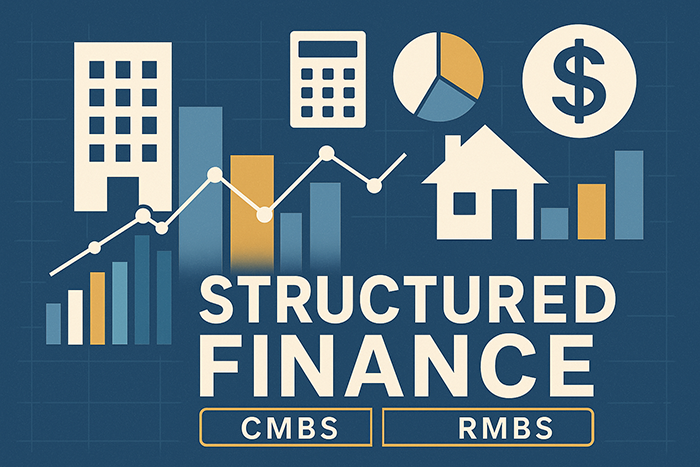Rising impairments in Non-QM and DSCR mortgage segments amid market shifts
Non-qualified mortgages (non-QM) and debt-service coverage ratio (DSCR) loans have shown increasing impairment rates over the past two years, despite ongoing cash flows and relatively low losses. According to recent analysis, this trend reflects broader pressures from inflation, rising mortgage rates, and varying borrower profiles.
The DSCR loan segment—used primarily for rental property financing—now represents over half of the securitized non-QM loan market. While delinquency levels in these and other non-QM loans have doubled since 2022, performance remains stable relative to traditional prime and credit risk transfer (CRT) pools. This divergence is largely due to distinct loan features and borrower characteristics.
Recent data highlights that loan attributes such as credit scores and loan balances are more predictive of impairments than loan-to-value (LTV) ratios or DSCR alone. Lower FICO scores and larger loan amounts show a higher likelihood of delinquency, particularly in loans below 700 credit score thresholds. Despite this, the average original LTV for impaired loans has remained around 70%, helping limit loss severity.
Loan performance also varies by size, with higher-balance loans generally showing greater impairment rates. In the non-QM segment, loans in the $700,000 to $1 million range saw impairment rates up to 3.7%, while DSCR loans of similar size experienced 4.3%. However, losses upon default remain limited due to sustained home price appreciation and the ability of many borrowers to repay through property sales.
Transition data suggests that many delinquent loans either cure or are prepaid within six months, particularly those only 30 or 60 days overdue. Losses have been minimal even in loans that reached 90+ day delinquency, with average severities near 1.5% across both non-QM and DSCR loans.
Regional variations exist, with concentrations of non-QM loans in California, New York, Texas, and Florida. However, higher property prices in these states have not consistently correlated with higher loss rates.
Looking forward, the outlook remains cautious. While the housing market continues to support loan performance, growing affordability concerns and a potential uptick in unemployment—forecasted to reach 4.5% by year-end—could pressure future repayment capacity. Additionally, rising property taxes and the expiration of student loan forbearance may further strain borrowers.
Despite higher impairment levels, continued home equity strength and conservative LTVs suggest that losses may remain contained for now. However, analysts will be closely watching economic developments and housing trends for signs of further stress in the non-QM and DSCR mortgage segments.
Sources: S&P









